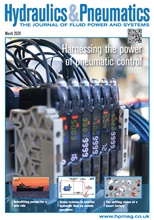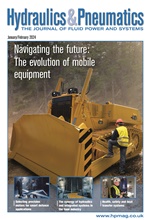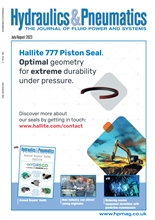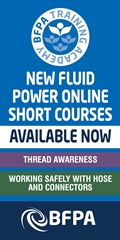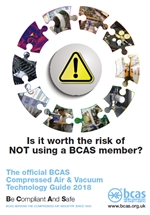Taking the strain: anti-vibration specification for industry
Specification of material combined with the mount can be a complex process. For instance, Trelleborg’s range of rubber compounds exceeds 300 different formulations along with many different mount designs. The assistance of a supplier’s expert applications engineers can demystify the specification process based on the desired performance characteristics.
The final stage of specification concerns the sundry equipment – bolts, washers and brackets – which may be overlooked as insignificant but can seriously hamper performance of the mount if they’re not the correct size or strength. Using incorrect torque values and a structure which is less than ten times stiffer than the mounting system can affect the natural frequencies, and so must also be considered.
Early consideration
While mounts can be specified at any stage of a project, there are typically fewer restrictions if they are considered at the outset of the design phase. If factored in too late, it may be prohibitively costly to modify the space envelope or available positions for the mount to be installed. And, if anti-vibration solutions don’t feature at all until the equipment begins to run, expensive maintenance, repairs or replacements may be required. Early involvement from anti-vibration specialists allows a combination of empirical calculations and specialist modelling software to carry out six degree of freedom calculations which will ensure the optimum mounting system is selected. Testing can also then be carried out to validate a mount design – analysing static and dynamic characteristics and fatigue as well as the operating environment can prove the performance of the selected mount and justify its use.
Even after a robust specification process, the performance of an anti-vibration mount can be hindered by incorrect installation. First, all surfaces must be clean, dry and free from debris before the device can be fitted. The equipment to be mounted must be lifted carefully onto sufficient supports both to maintain correct alignment when lowered on to the mounts, and also to prevent damage to the asset or to individuals during installation.
Visual inspection
Once installed, simple checks can be made to assess success before the equipment is ready for use. A straightforward visual inspection can flag misalignment, missed fasteners, fixings or any damage that may have been caused during installation. Following this, it’s a case of taking a series of measurements and comparing them to the original calculations – deflection under static load should be checked, as well as measuring vibration velocity and frequency through the use of a fast Fourier transform (FFT) spectrum analyser. Using a modal hammer, impact can be applied to the equipment too to determine natural frequencies.
Ongoing monitoring recommended
As incorrect usage can lead to excessive noise, vibration and harshness (NVH) and decreased vibration isolation, ongoing monitoring is recommended. Typically, such issues would manifest themselves in terms of higher levels of noise or harsh movement. However these may not be the first indication of damage. Periodic inspection through visual checks will reveal loosening of bolts, while the rubber and metal parts should be examined for any signs of damage such as rust, wear or dents. If there are signs of excessive deflection, at any mounting position, inspection should be handed over to the mount’s manufacturer who can advise on remedial action.
-
Smart Manufacturing & Engineering Week
05 - 06 June, 2024
NEC, Birmingham -
HILLHEAD 2024
25 June, 2024, 9:00 - 27 June, 2024, 16:00
Hillhead Quarry, Buxton, Derbyshire UK



